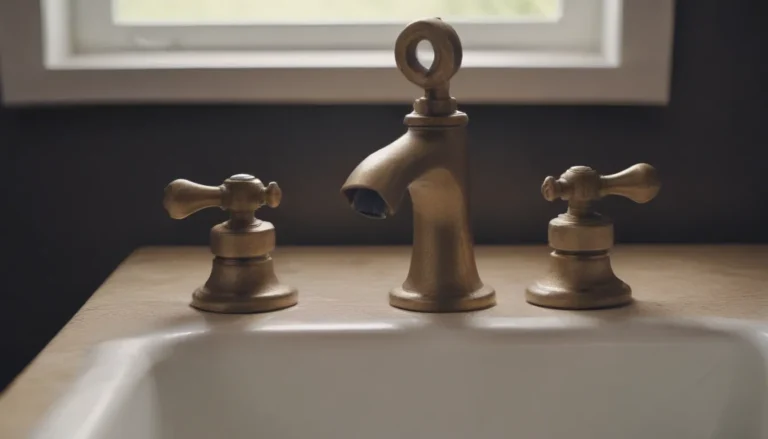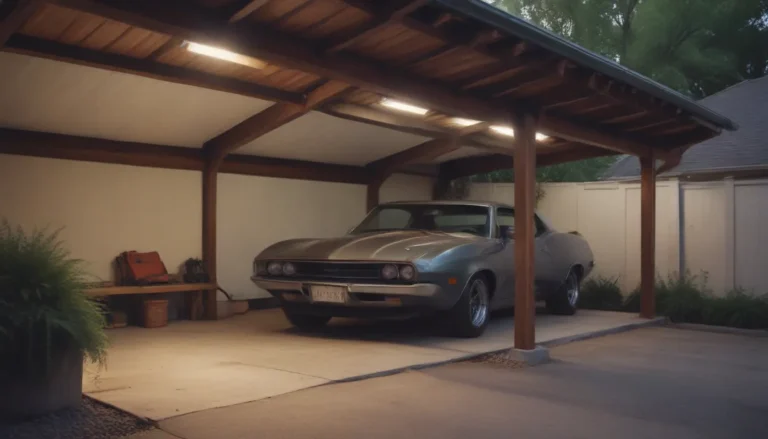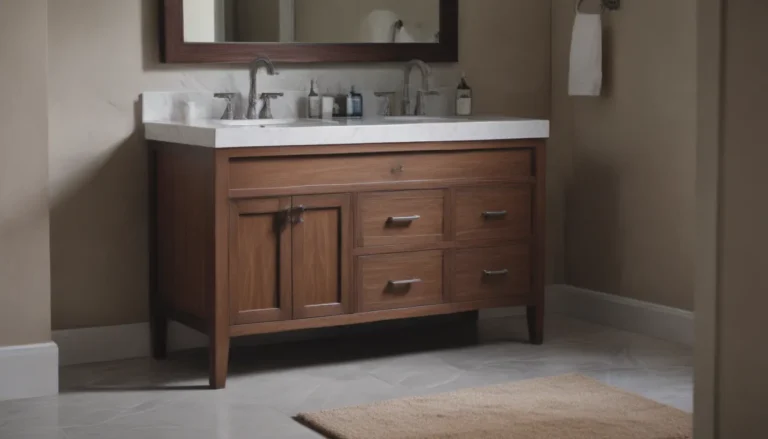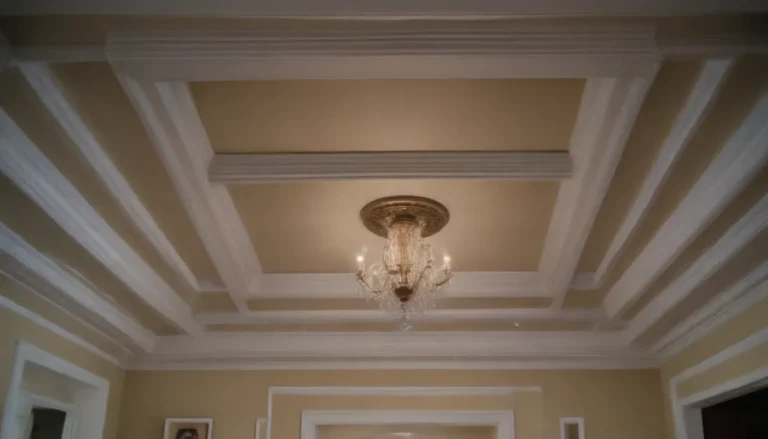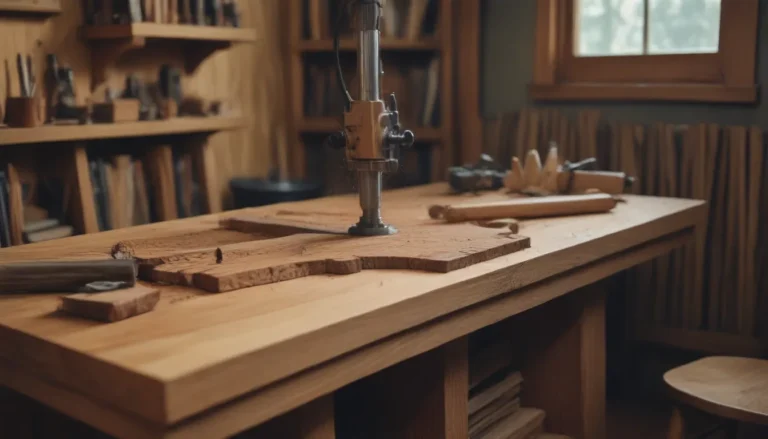The Complete Guide to Preventing and Fixing Cracked Tile
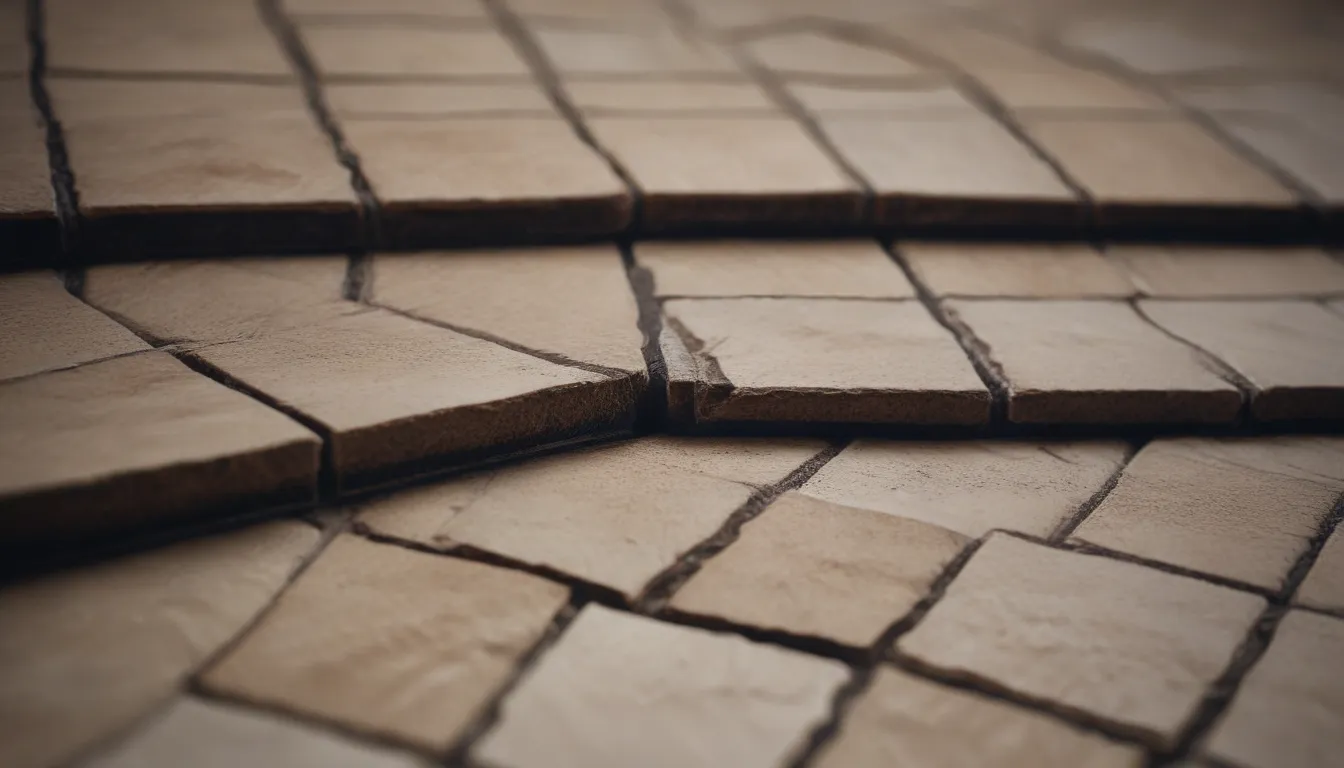
Tiles are a popular choice for both floors and walls, as they add a beautiful and durable finish to any space. However, cracked tiles can be a frustrating issue to deal with. Not only can they be difficult to repair, but they can also be a sign of underlying problems that need to be addressed. In this comprehensive guide, we will explore the common reasons why tiles crack and provide tips on how to prevent and fix cracked tiles effectively.
Common Causes of Cracked Tile
- Tile Received a Sharp Blow: If you notice a crack in a single tile that is located in one area, it may have been caused by a sharp blow. This often happens in areas where heavy objects are dropped, such as kitchens or doorways.
To avoid this, consider using gel mats in high-traffic areas to absorb shock from heavy items.
- Tile Cracked Under Heavy Loads: While most tiles are designed to withstand heavy loads, dead weight from appliances like refrigerators can sometimes cause cracks. It’s important to ensure that the tile and subfloor receive the correct amount of support to prevent cracking.
To avoid this, make sure the bottom of the tile and the subfloor receive adequate thinset to prevent air pockets that can lead to cracking.
- Tile Was Installed Over a Control Joint: Control joints in concrete are planned cracks that help regulate where cracks will occur. Installing tile over these joints can lead to cracks in the tile as the concrete shifts.
To avoid this, avoid using tile to bridge control joints or use an isolation membrane for added protection.
- Tile Was Installed on Improperly Spaced Joists: Joists that are spaced too far apart can lead to flexing in the subfloor, causing the tile to bend and crack. Proper joist spacing is essential for ensuring tile stability.
To avoid this, ensure joist spacing meets building codes and consider additional underlayment structures for added support.
- Concrete Substrate Below the Tile Did Not Cure: Newly poured concrete contains water that evaporates as it cures. If tile is installed before the concrete has fully cured, it can lead to stress on the tile and cause cracks.
To avoid this, allow the concrete to cure for at least a month before installing tile to ensure stability.
- Inferior Tile Was Used: While it’s easy to blame cracked tiles on the tile itself, the issue may actually be due to inferior quality tiles. It’s important to purchase tiles from reputable sources that comply with industry standards.
To avoid this, always check the specifications of the tile and purchase from established retailers to ensure quality.
How to Prevent and Fix Cracked Tile
-
Prevention: Taking steps to prevent cracked tile can save you time and money in the long run. Here are some tips to help prevent cracked tiles:
-
Use gel mats in high-traffic areas to absorb shock from heavy items.
- Ensure the bottom of the tile and subfloor receive adequate thinset to prevent air pockets.
- Avoid installing tile over control joints or use an isolation membrane.
- Ensure joist spacing meets building codes and consider additional underlayment structures for added support.
- Allow concrete substrates to cure for at least a month before installing tile.
-
Purchase tiles from reputable sources that comply with industry standards.
-
Repair: If you do find yourself dealing with cracked tiles, it’s essential to address the issue promptly to prevent further damage. Here are some steps to repair cracked tiles effectively:
-
Strip the tile and install a crack isolation membrane before reinstalling the tile.
- Consult with a professional tile worker for complex repairs.
- Consider replacing cracked tiles with new ones if the damage is extensive.
- Monitor the area for any signs of recurring cracks and address underlying issues promptly.
By following these tips and being proactive in preventing and repairing cracked tiles, you can maintain the beauty and integrity of your tile surfaces for years to come.
In conclusion, cracked tiles can be a frustrating issue to deal with, but with proper prevention and repair techniques, you can ensure your tiles stay in top condition. By understanding the common causes of cracked tile and taking steps to address them, you can enjoy beautiful and durable tile surfaces in your home or business. If you ever find yourself dealing with cracked tiles, don’t hesitate to reach out to a professional tile worker for expert assistance. With the right knowledge and tools, you can keep your tiles looking their best for years to come.
